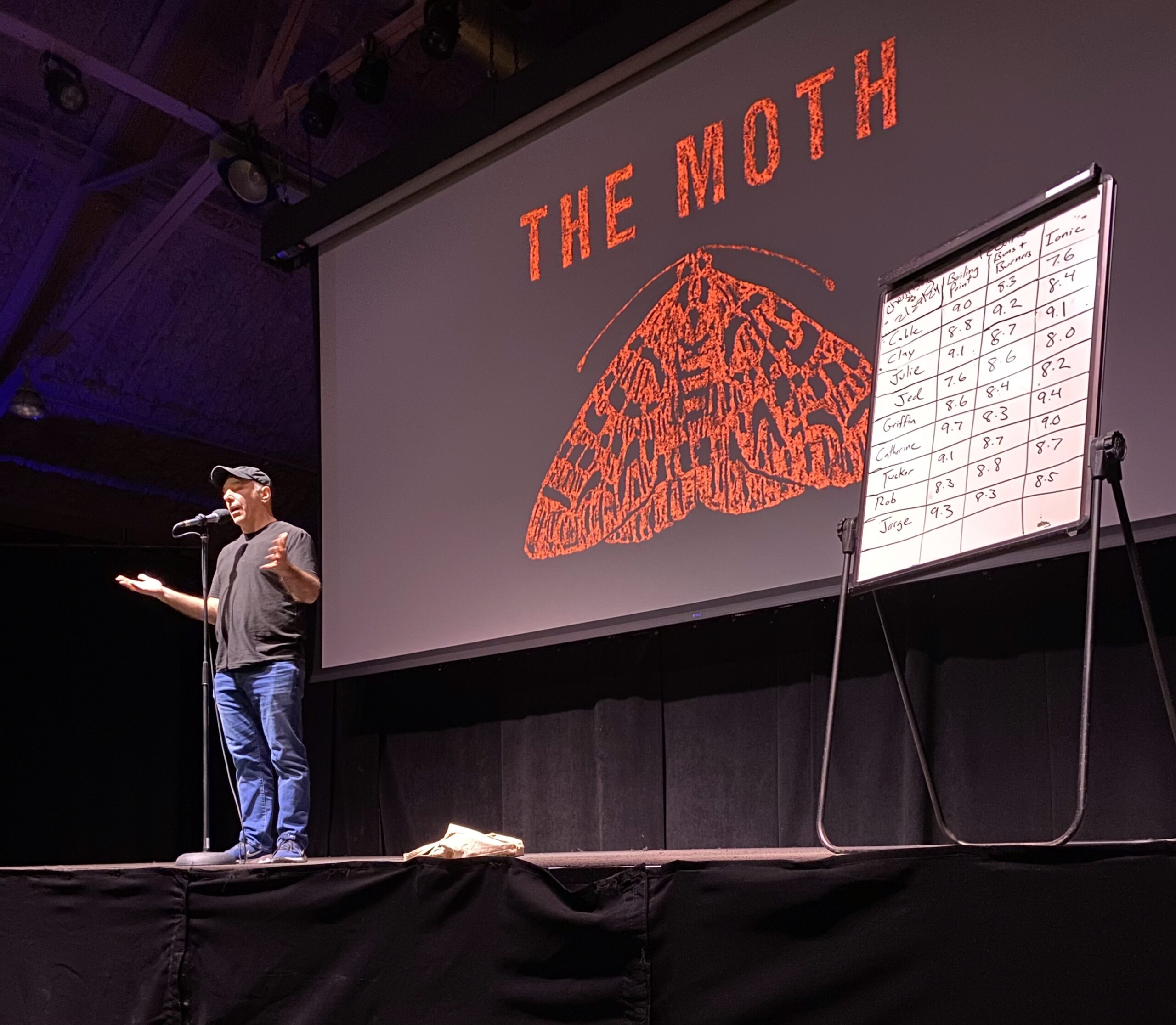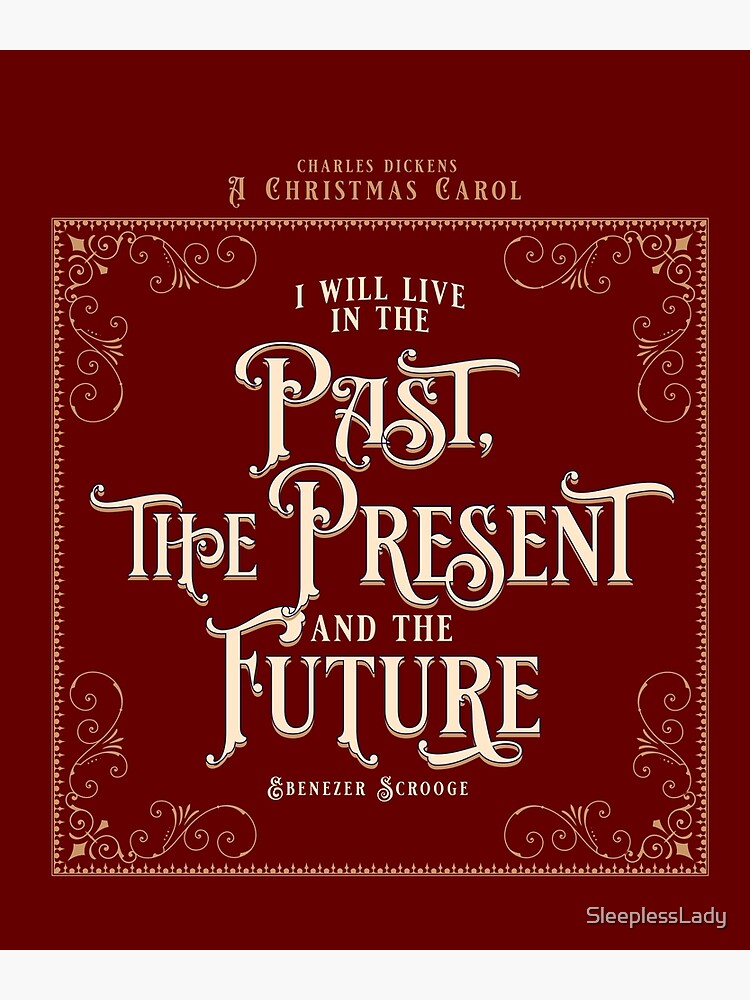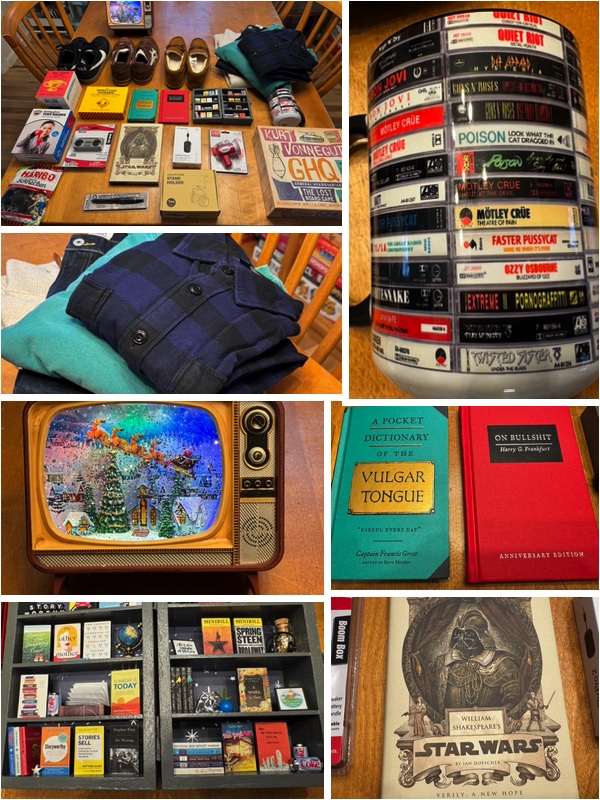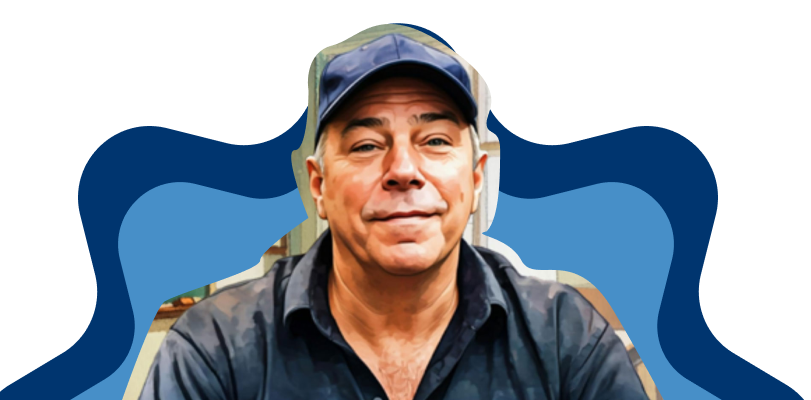The Wall Street Journal’s Joanne Kaufman wrote a piece on the way in which bookstores are beginning to rethink the traditional book tour that got a lot of attention in the publishing community.
I have always followed a slightly non-traditional approach to my author appearances, similar to the rethinking that Kaufman describes, and I believe that it has served me well.
Before I began my first book tour, I attended the reading of a bestselling author. The appearance lasted a little more than an hour, and nearly the entire time was consumed with the author reading from the new book.
I literally watched audience members, mostly men, nod off in the process.
A friend had accompanied me to the event, and he leaned over as the author droned on and asked, “Is this what you’re going to have to do?”
I vowed to avoid reading from my books whenever possible from that day on.
Since publishing SOMETHING MISSING in the summer of 2009, I have spoken about my books more than one hundred times at bookstores, libraries, colleges, literary festivals, weekend retreats and book clubs. While I occasionally read from my books, I only do so when an audience member or the person hosting the event insists.
When I read, I always make it exceedingly short.
For me, an author appearance is an opportunity to introduce myself, rather than my books, to an audience. While I hope to provide lots of background information about my books via storytelling and interest audience members enough to purchase a book, I know that there is more long-term value in making fans than in making immediate sales.
On more than one occasion, I have chosen to forgo speaking about my books entirely. Not one mention of title or plot or characters.
I’ve always felt that if an audience likes me and finds me interesting, they will read my books.
When I speak to an audience, my goal is to be a storyteller. I want to entertain. Make them laugh. Provide new and unusual insight. Make a connection.
I don’t want audience members to walk away feeling like they just received the hard sell. I want them to feel like they know me better as a person, and with some luck, they want to know even more.
My appearances typically consist of three parts.
Part 1 is pure storytelling, and it fills more than half of the time that I am speaking. I gather as many amusing, unusual or interesting stories surrounding the book as possible and share them with the audience. These could be stories about the actual process of writing the book, personal stories that connect to characters and/or plot lines or stories from my life that provided inspiration for the book.
For my most recent book, UNEXPECTEDLY, MILO, this included stories about my fourth grade classmates, the day my daughter was born, a visit to Boca Raton, my wedding day, my grandfather and his experiences in World War II and more. Each story has a specific connection to the book (some stronger and more direct than others), but more importantly, each story illuminates an aspect of my life while making audience members laugh and think and connect.
Part 2 consists of a series of book recommendations. I bring a stack of books to every author appearance and share these recommendations with the audience, reading tiny snippets from the books whenever possible. I try to include a mix of genre and formats, and I also always try to have a story or anecdote to tell about each book that I am going to recommend. This serves three purposes.
It gives the audience a chance to get to know me as a reader.
It gives me a chance to promote the authors who I love.
Most important, it gives me another opportunity to tell stories about myself and the books that I adore.
Part 3 is a question and answer session, and I always begin this portion by encouraging the audience to ask anything that they would like. The stranger the question, the better. Sometimes I bring a prize for the audience member who asks the most unusual question of the evening, just to encourage more out-of-the-box thinking. I encourage people to try to stump me, embarrass me, shock me, or put me on the spot with their questions, because I know that this will often be entertaining to the rest of the audience.
The strangest question I ever received (and it was asked in all sincerity) was:
What role do your ex-girlfriends and former lovers play in your writing life?
While the real answer is none, I used the opportunity to weave in three amusing stories about ex-girlfriends, one which had the audience roaring with laughter.
Every opportunity to tell a story should be seized by the throat.
I have also learned that you cannot rely on audience questions for the bulk of your talk, because there are times when you simply will not be asked very many questions. If I was guaranteed an unending stream of questions, I would almost prefer to transform my whole talk a question-and-answer session, since this would probably result in the most dynamic and surprising of exchanges. But audiences are a fickle bunch. Some have questions but are too nervous to ask them in front of others. Others simply wish to be passive participants in the event. Sometimes people just can’t think of anything to ask. And sometimes people want to go home because their favorite television show is coming on at 9:00.
I’ve had to stop answering questions after 45 minutes, and I’ve also received only one or two token questions from the event host.
Once I am done speaking, I remain behind to sign books, but I also invite audience members to ask me any additional questions that they did not want to ask publicly while I sign their book. This leads to quite a bit of discussion, and many times I end up leading a second question-and-answer session with the hardcore book lovers who have not already left.
This is oftentimes my favorite part of a book talk. These are the people I typically want to get to know best. These are the people who read fifty books a year and will go to work tomorrow talking about me and my stories.
These are the people who will become legitimate fans of my work.
Tomorrow I’ll offer some tips that will help even the shiest and most inexperienced author deliver a winning book talk at his or her next event.








